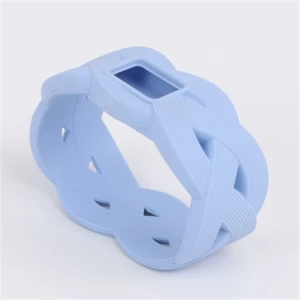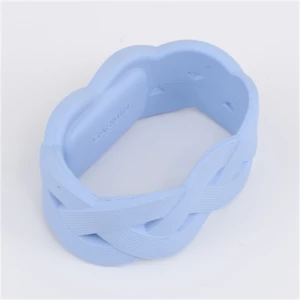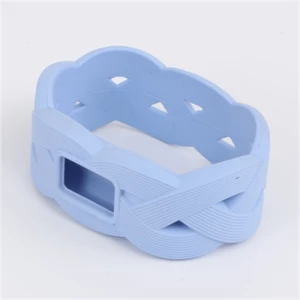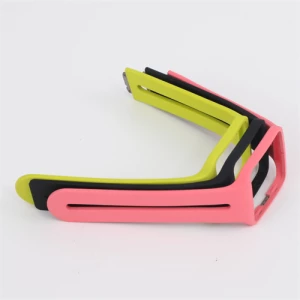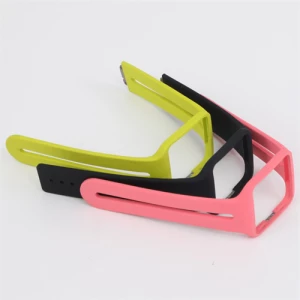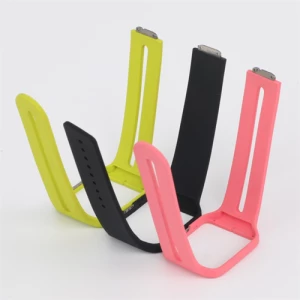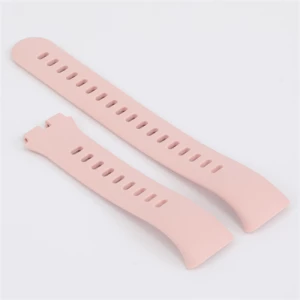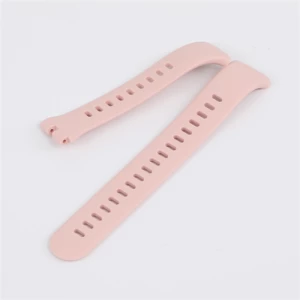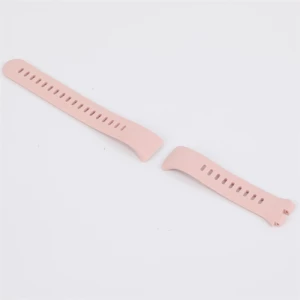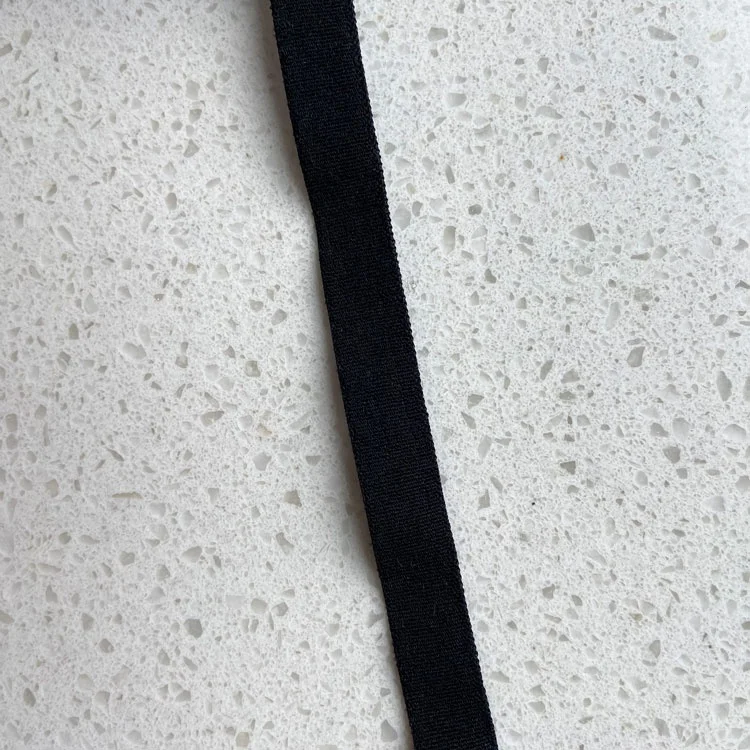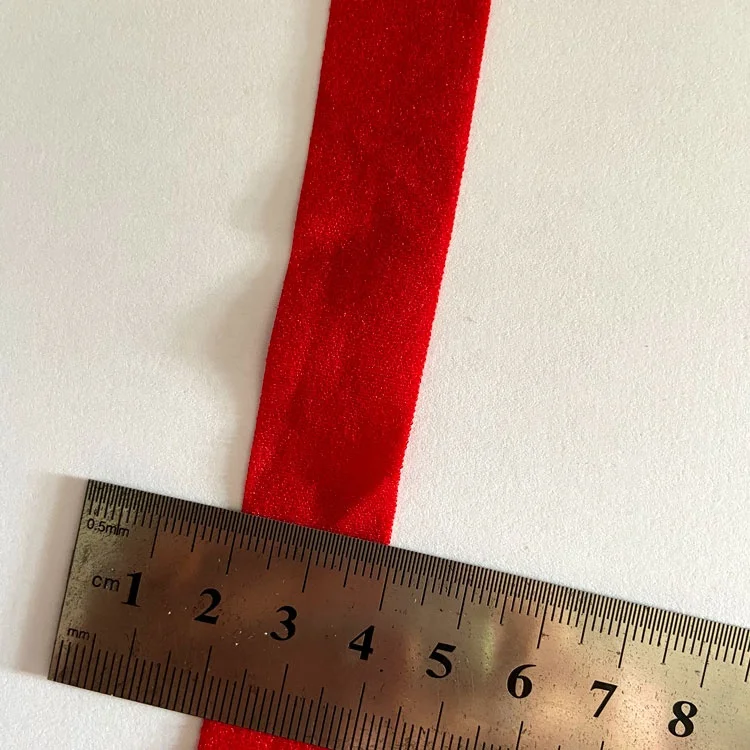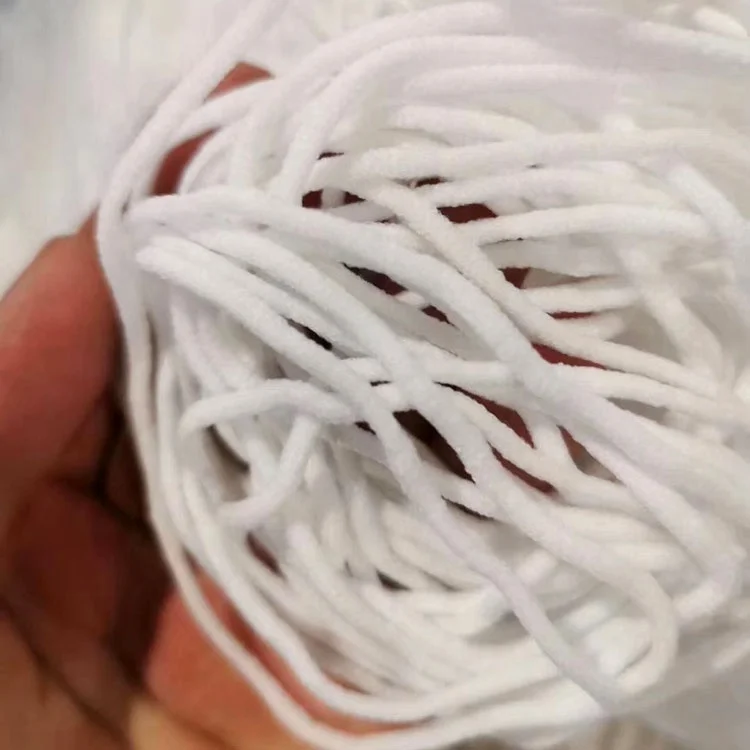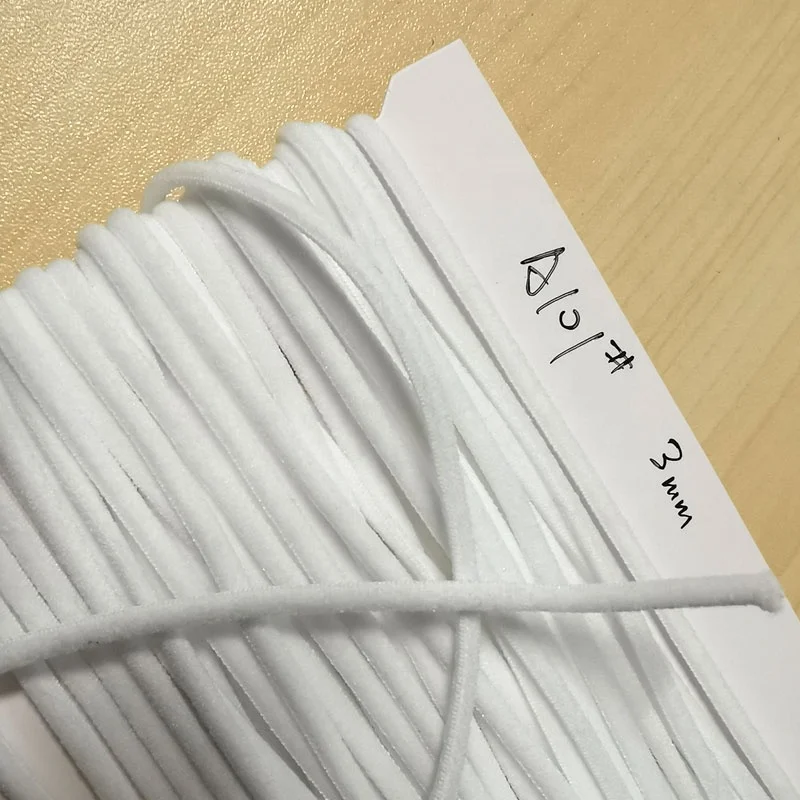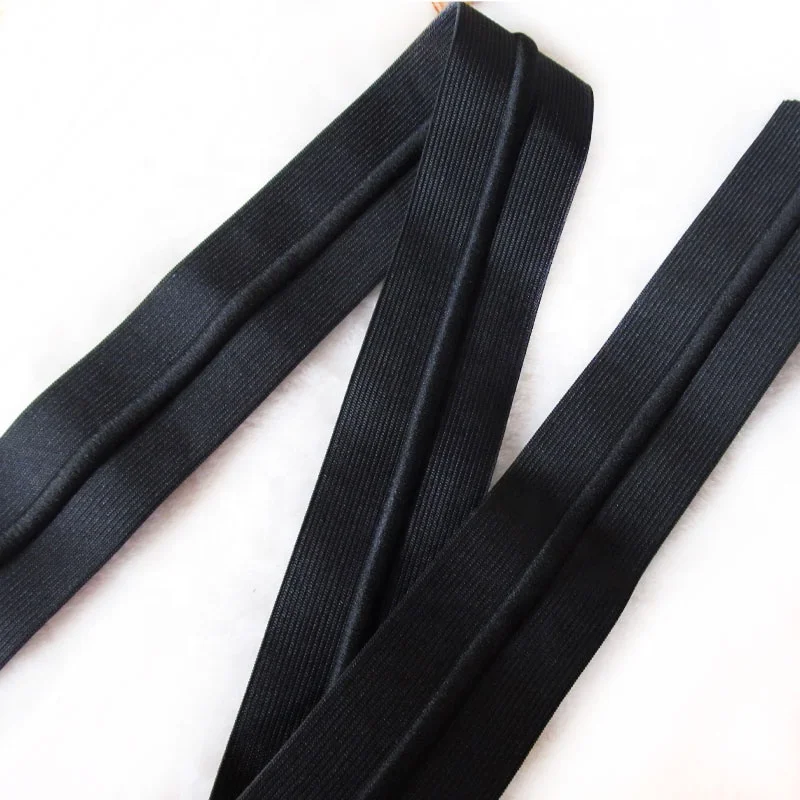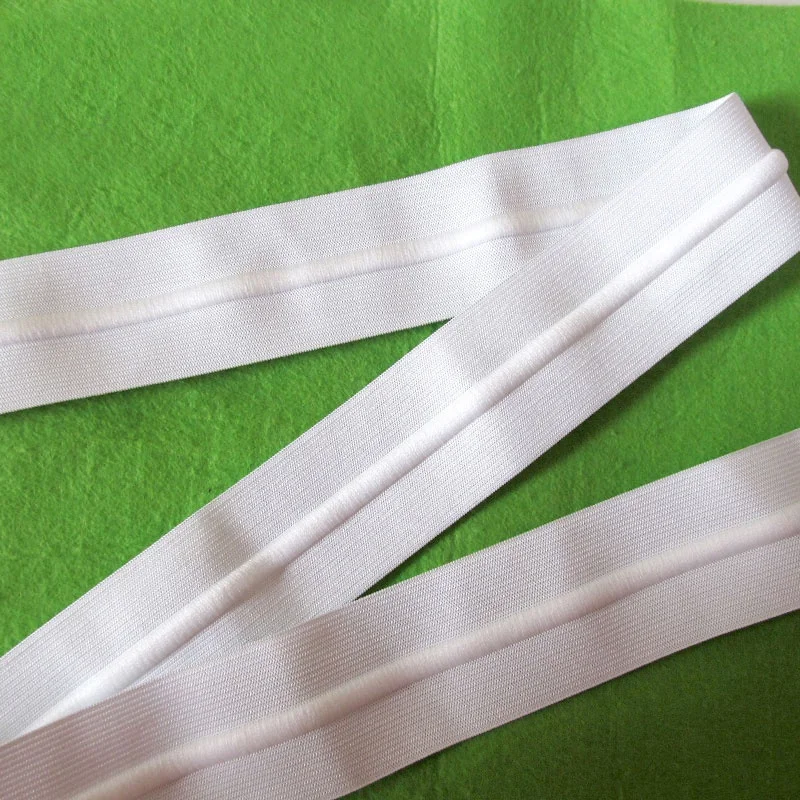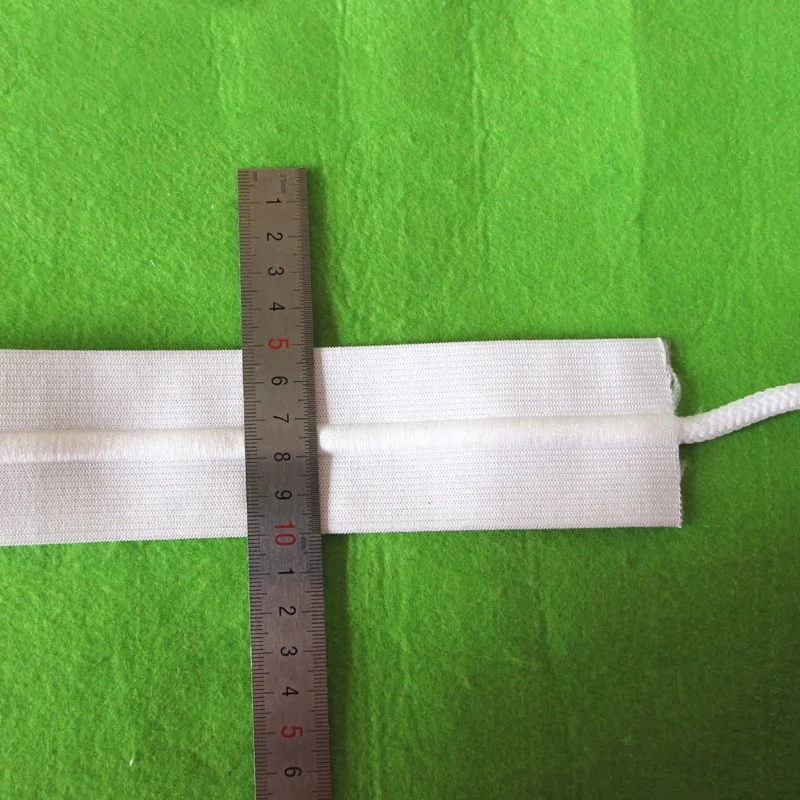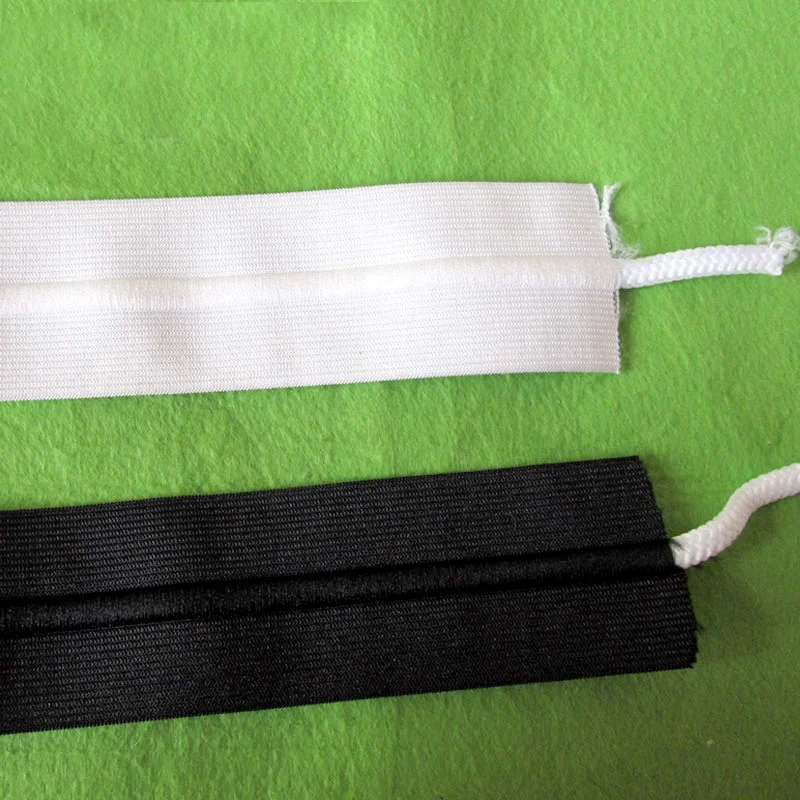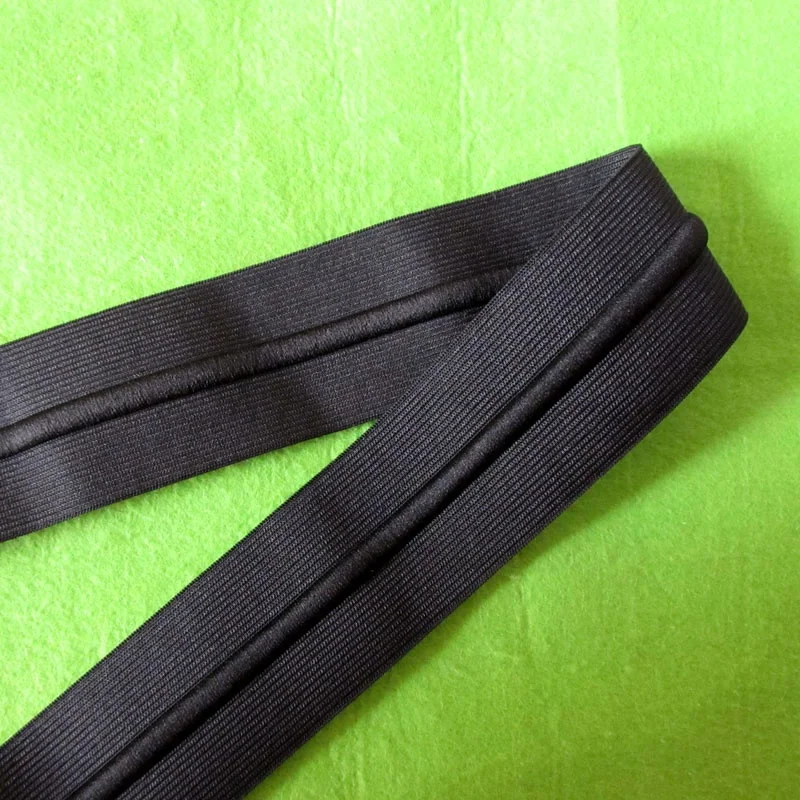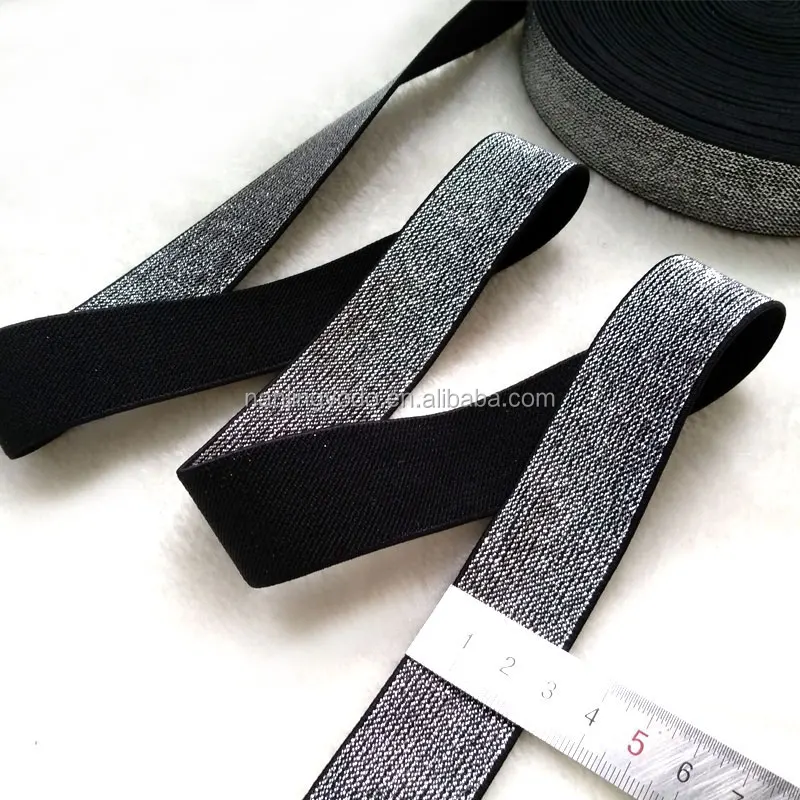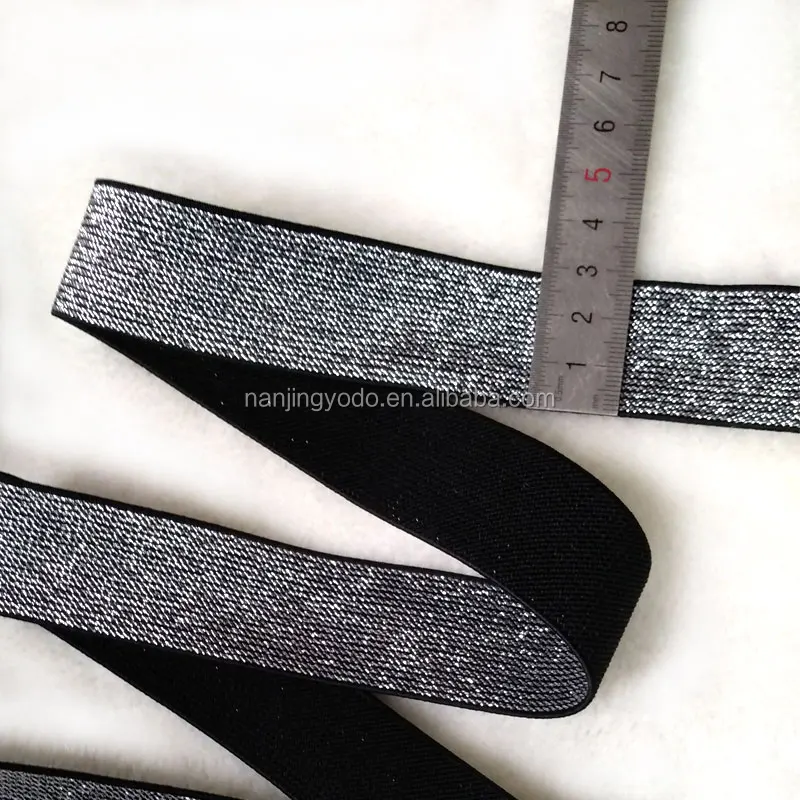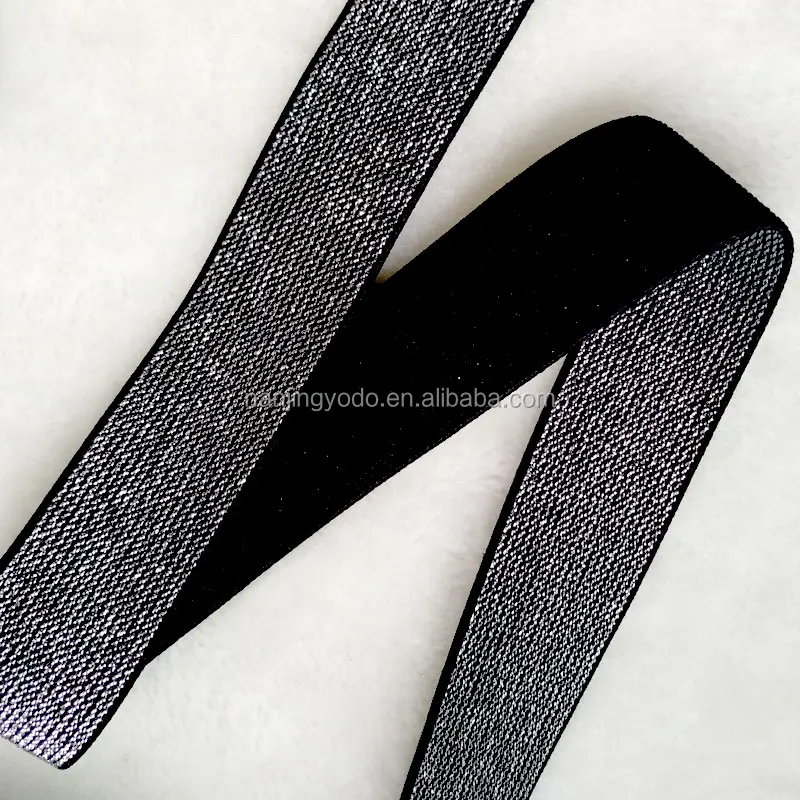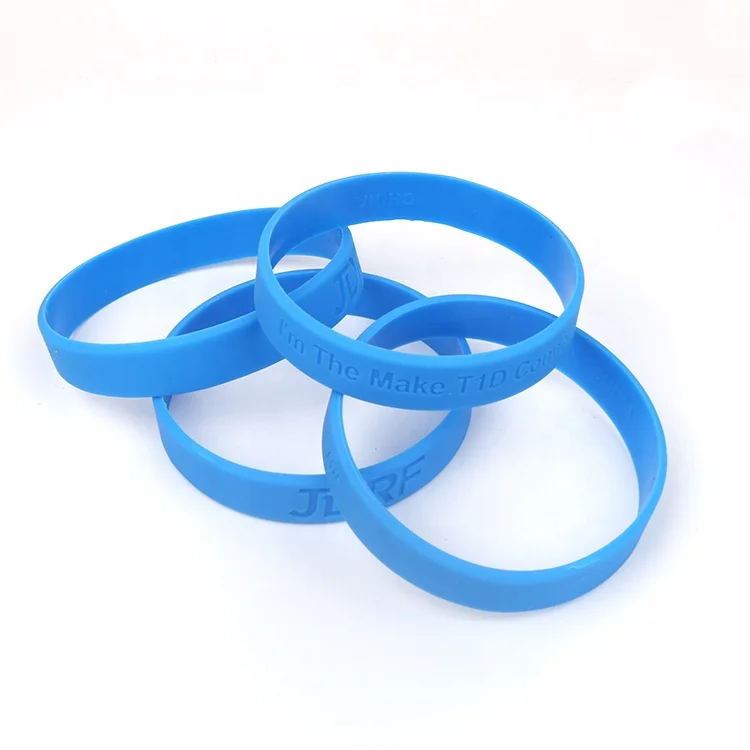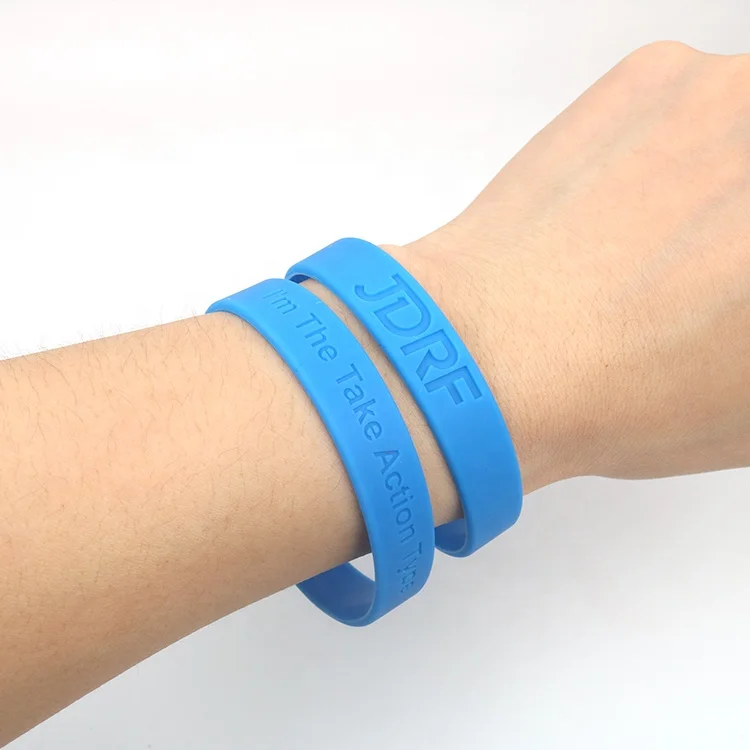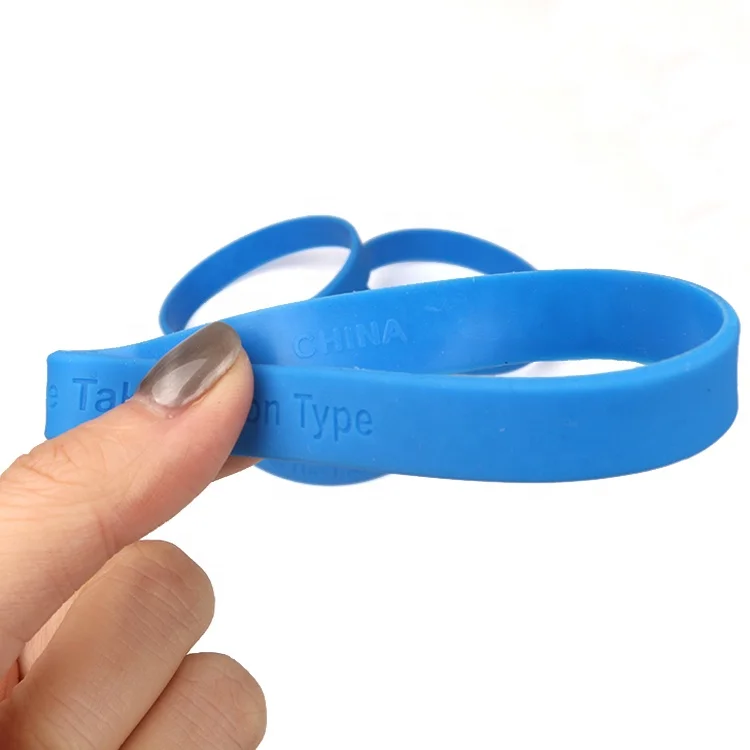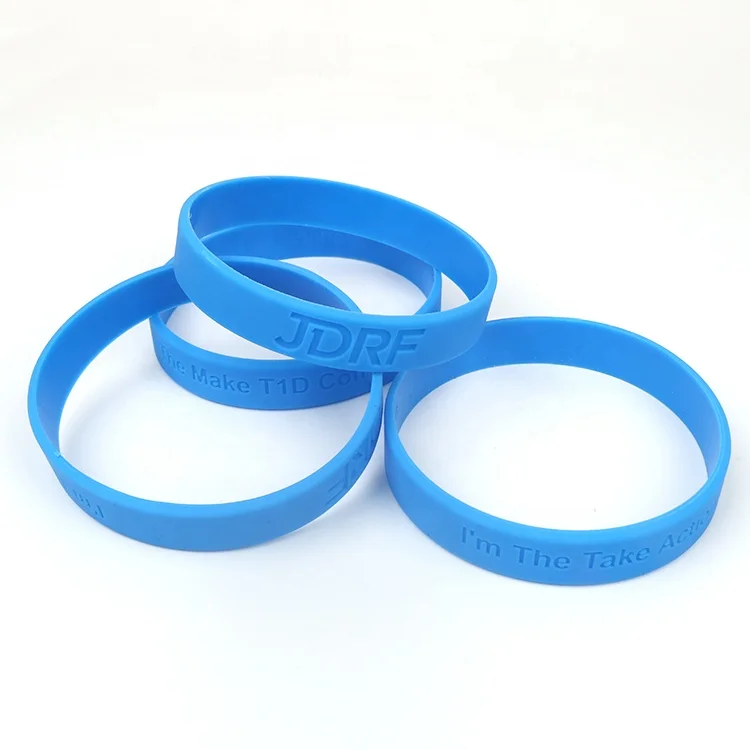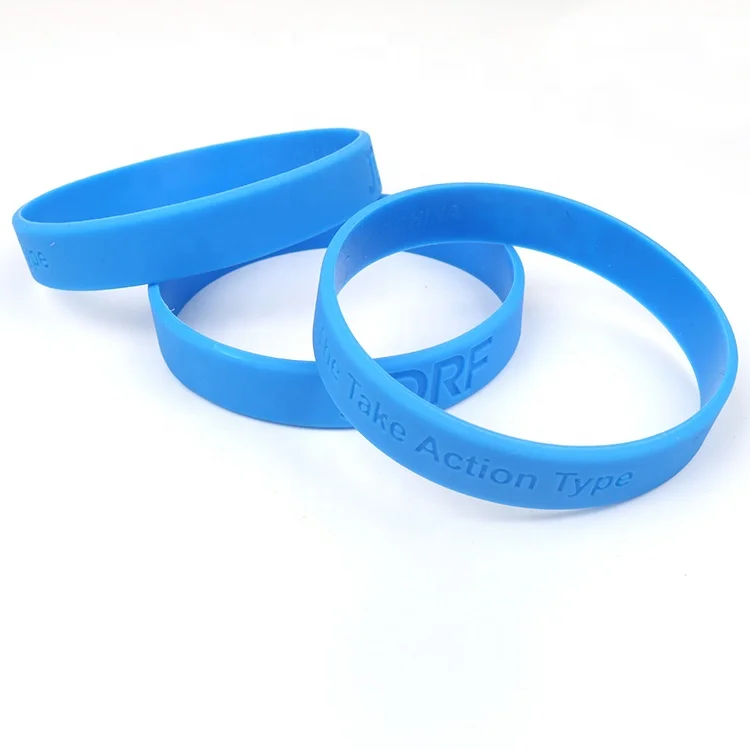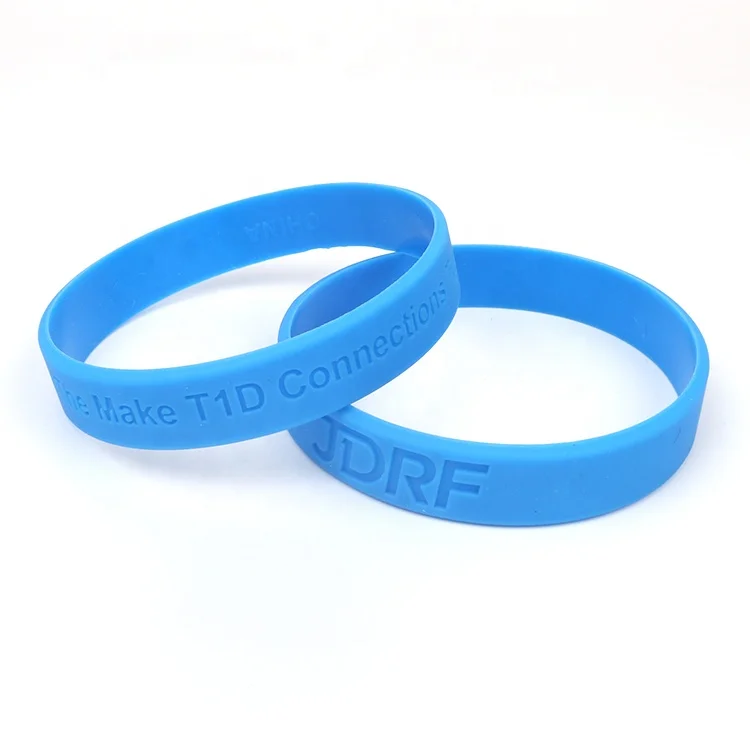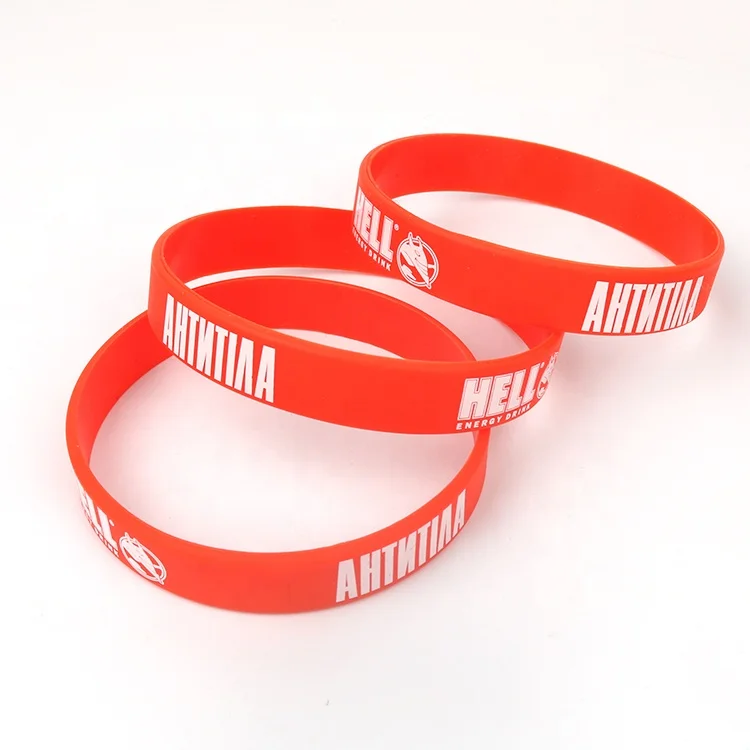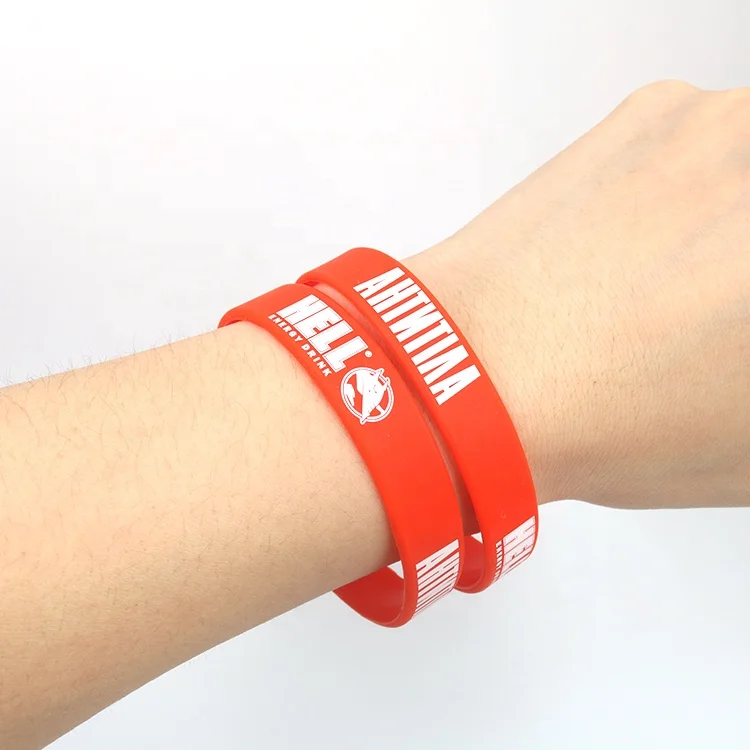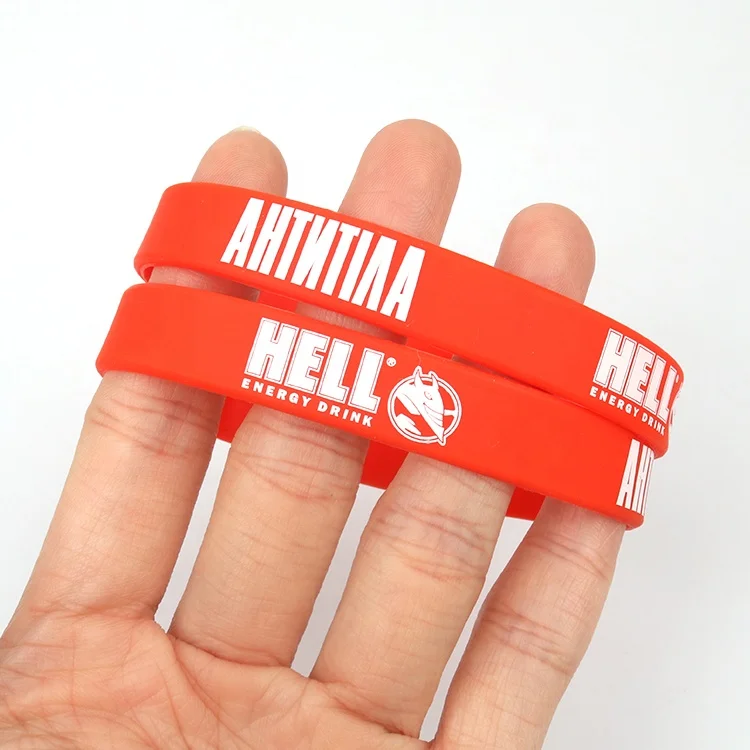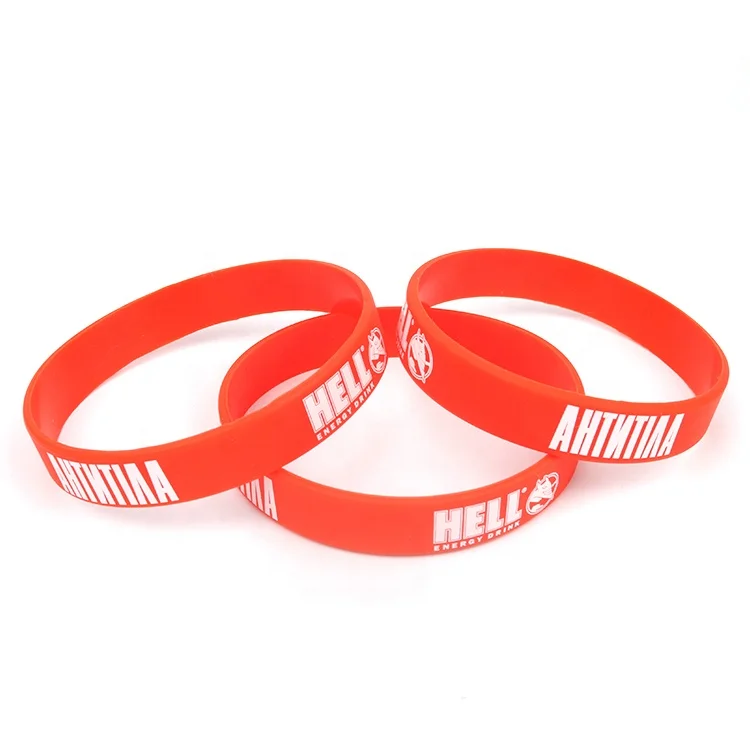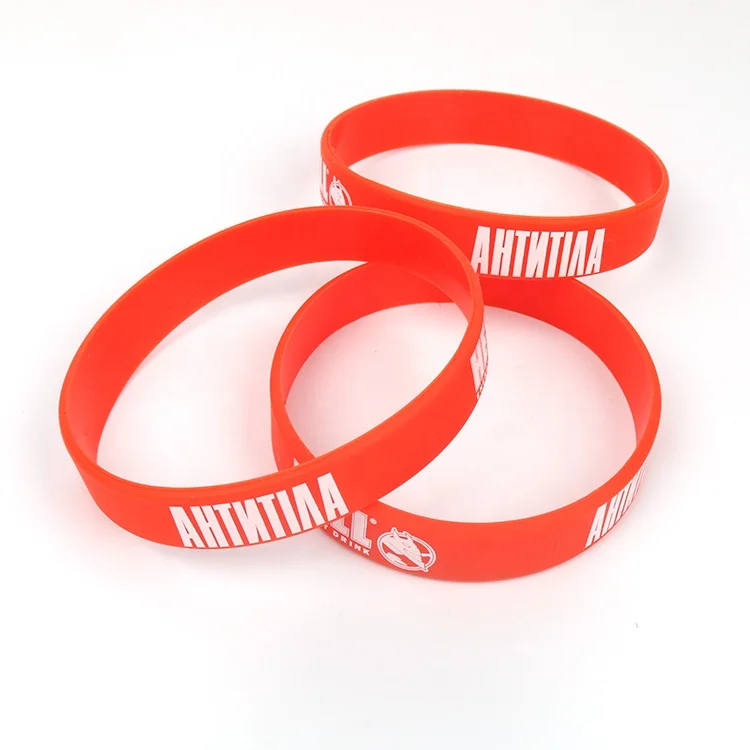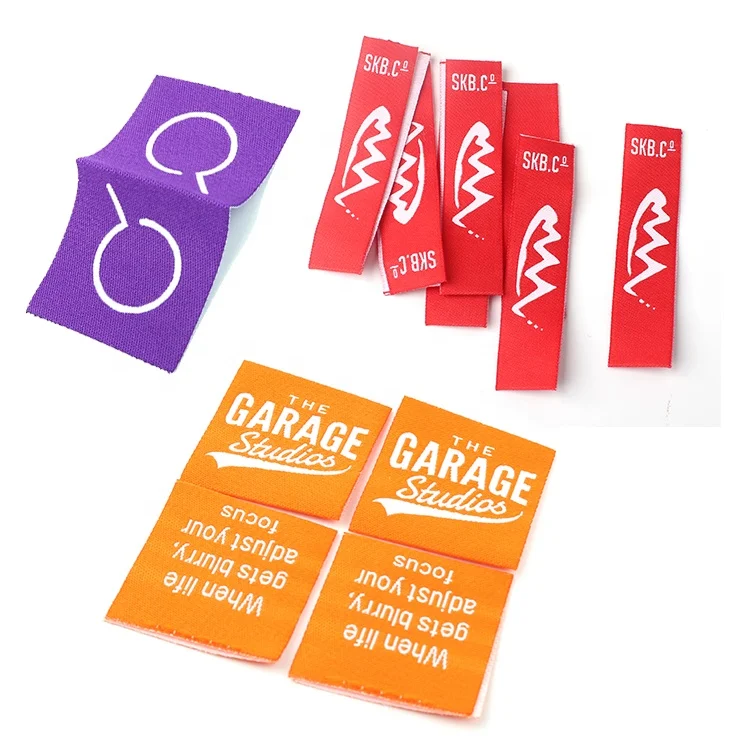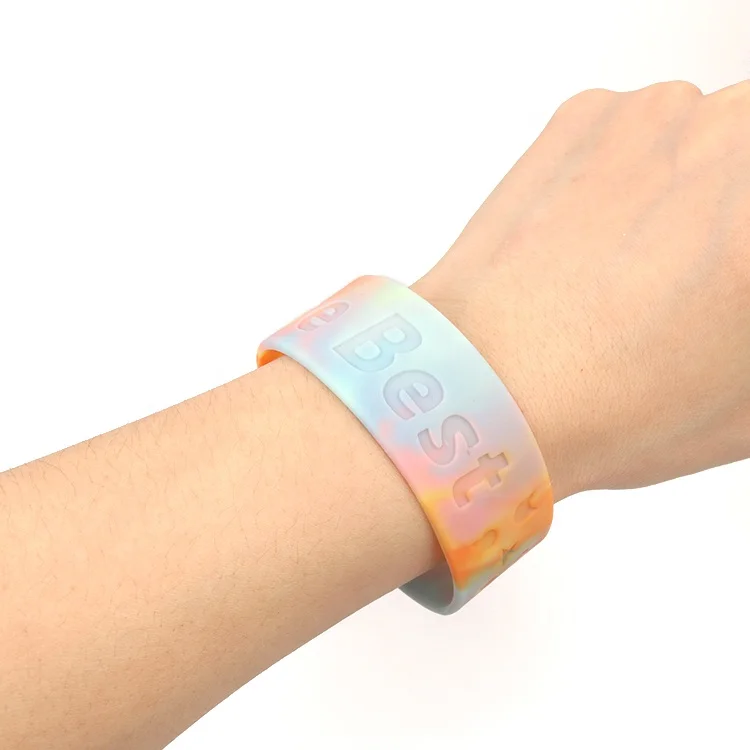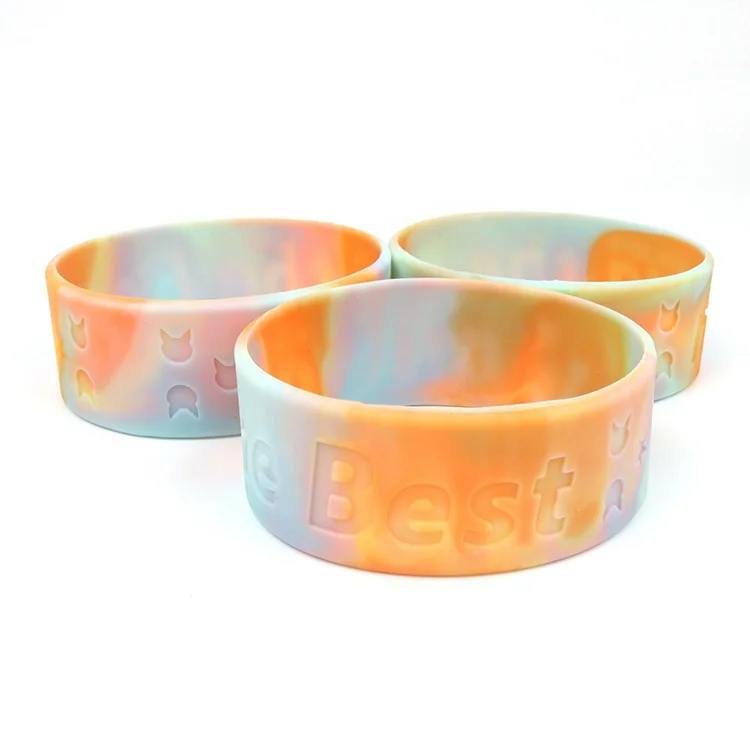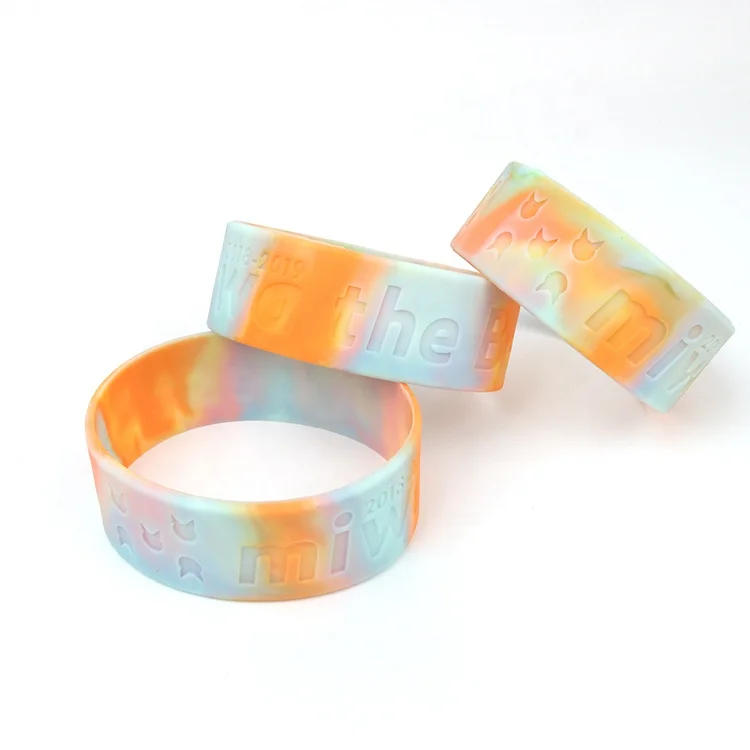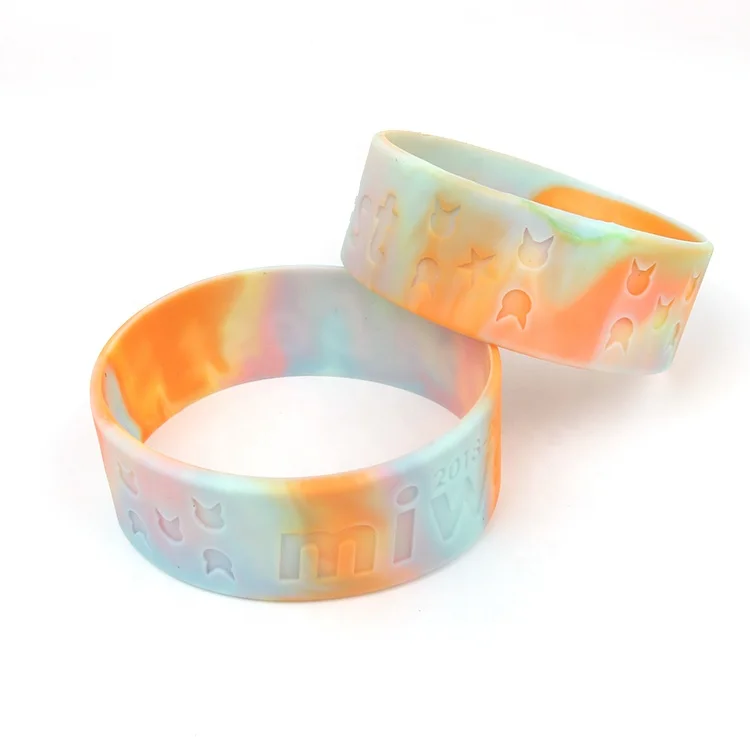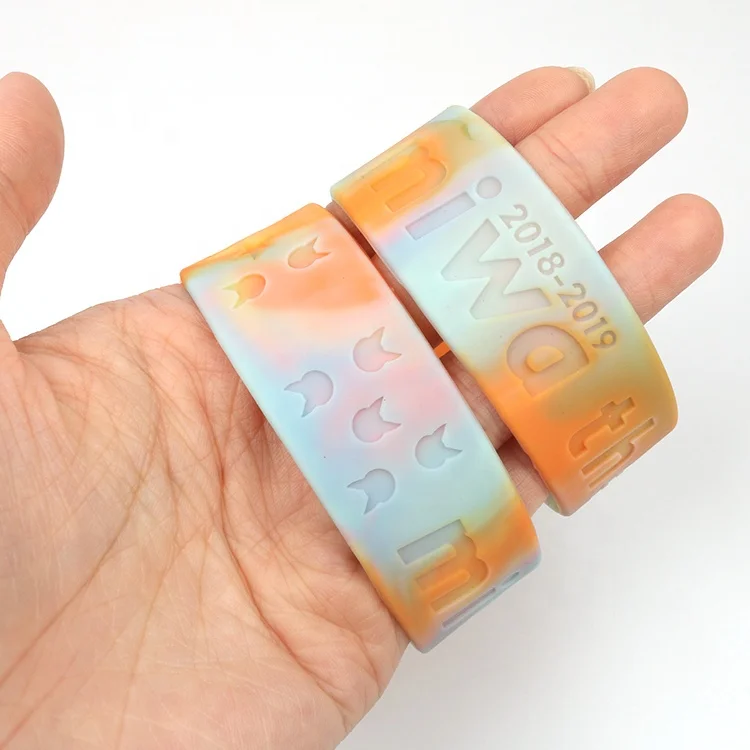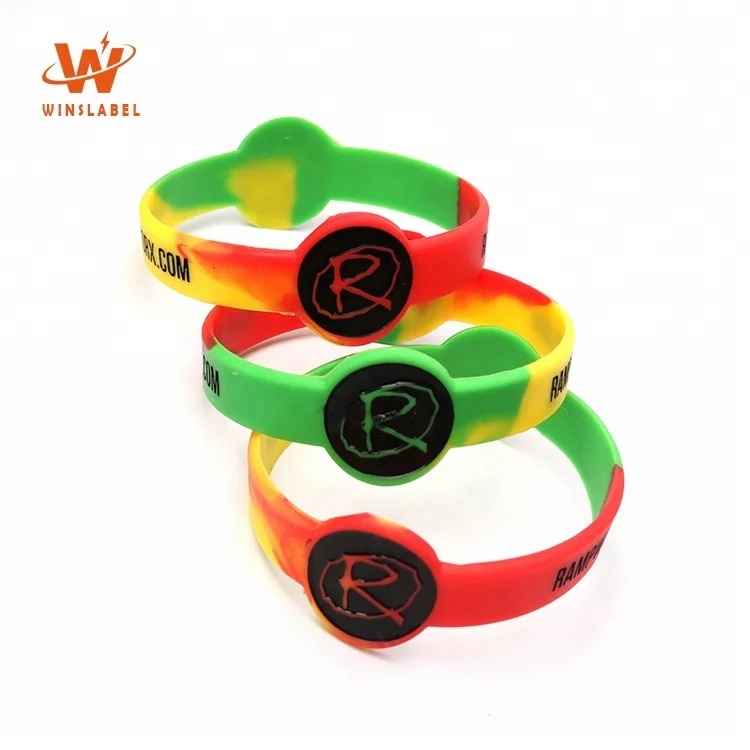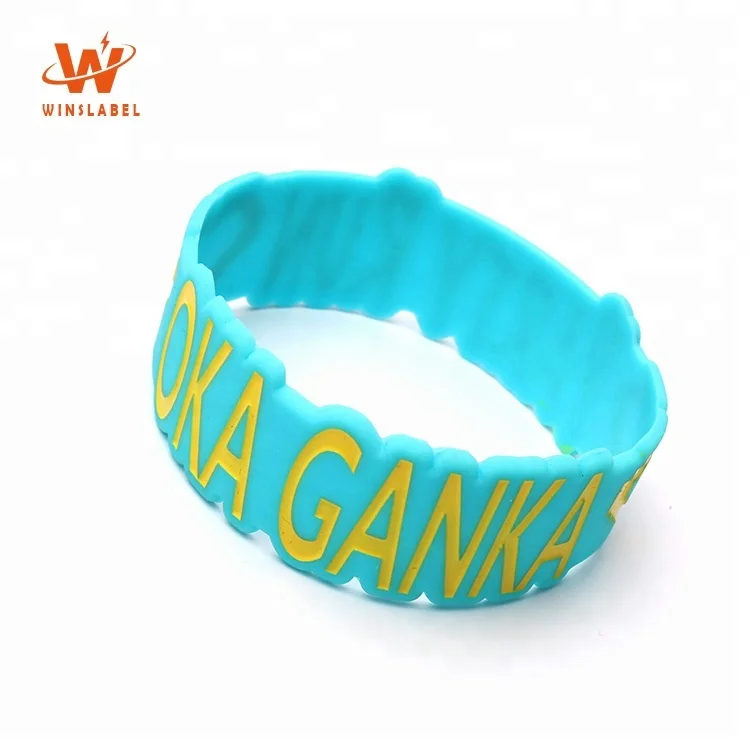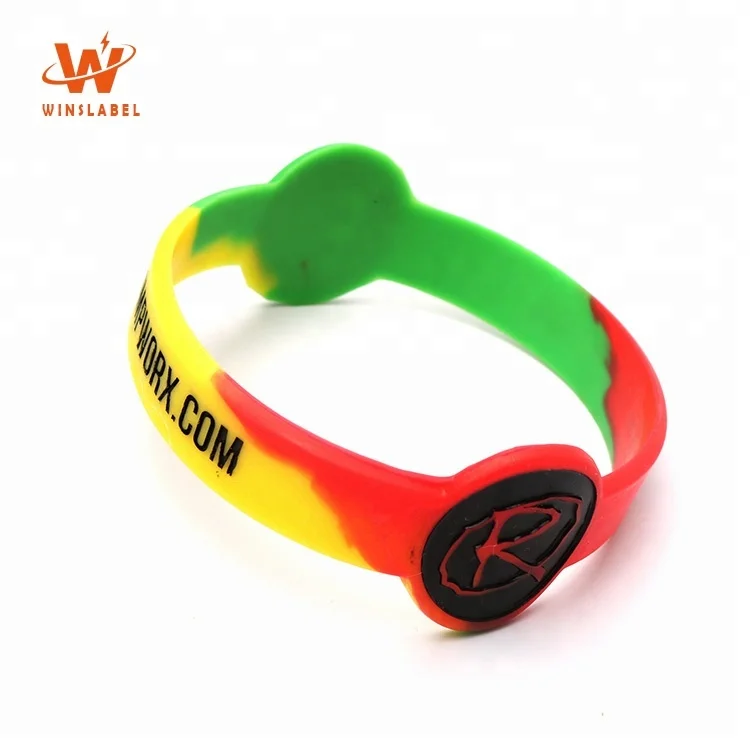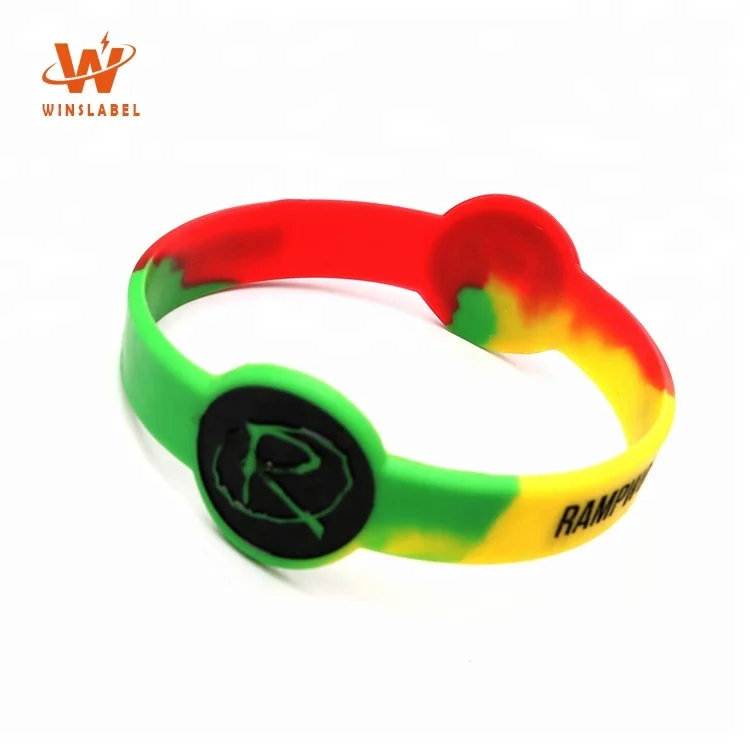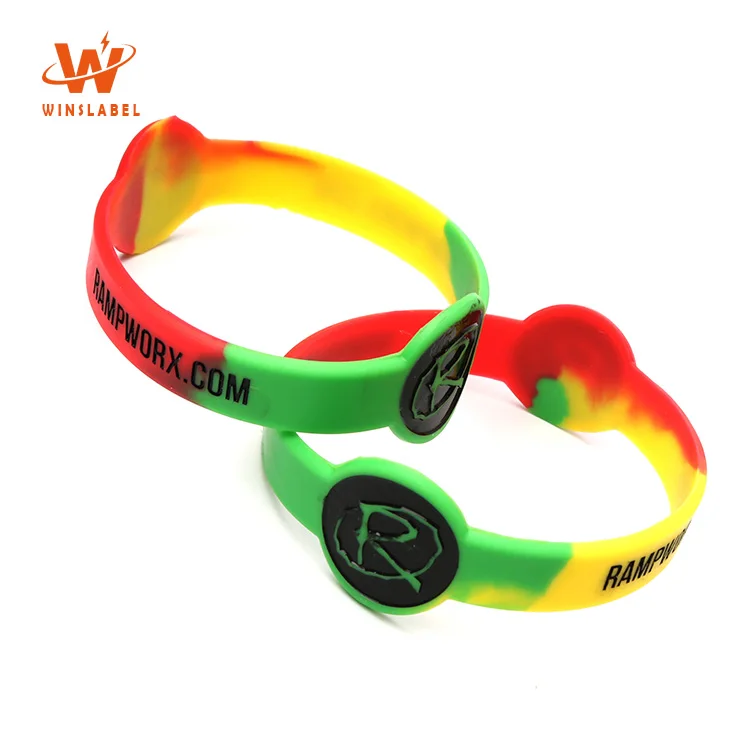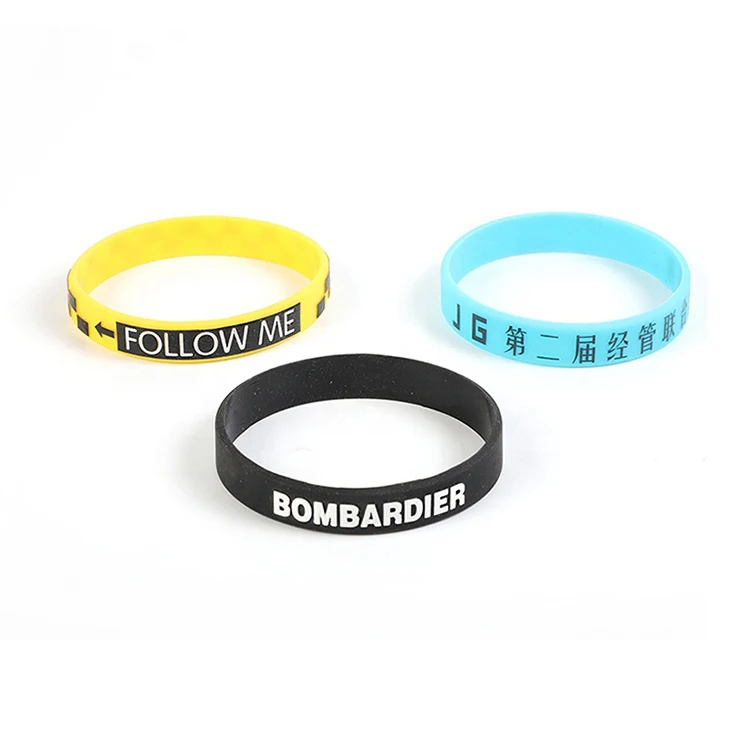Resistance Bands: A Complete Guide for Buyers in 2025
Resistance bands have become a staple in fitness routines worldwide due to their versatility, affordability, and effectiveness. Whether you're a beginner or a seasoned athlete, these bands offer a convenient way to build strength, improve flexibility, and enhance recovery. In this guide, we'll explore the different types of resistance bands, their functions, and how to choose the right ones for your needs.
How to Find Reliable Resistance Bands from China in 2025
China is a leading manufacturer of resistance bands, offering a wide range of options at competitive prices. To find reliable suppliers, look for manufacturers with certifications like ISO 9001, which ensures quality control. Platforms like Alibaba and Made-in-China.com are great places to start. Always check customer reviews and request samples before placing bulk orders.
What Buyers Should Know Before Buying Resistance Bands from China
When sourcing resistance bands from China, consider factors like material quality, durability, and resistance levels. Ensure the bands are made from high-grade latex or fabric to prevent snapping. Also, verify the supplier's minimum order quantity (MOQ) and shipping terms to avoid unexpected costs.
Types of Resistance Bands
There are several types of resistance bands, each designed for specific workouts:
- Loop Bands: Ideal for lower body exercises like squats and glute bridges.
- Tube Bands: Come with handles for upper body workouts like bicep curls.
- Figure-8 Bands: Great for targeting smaller muscle groups.
- Flat Bands: Perfect for stretching and physical therapy.
Functions and Features of Resistance Bands
Resistance bands offer adjustable resistance levels, making them suitable for all fitness levels. They are lightweight, portable, and can be used for full-body workouts. Many bands come with anti-snap technology for safety, and some include door anchors for added versatility.
Scenarios of Resistance Bands
Resistance bands are used in various settings, including home workouts, gyms, physical therapy, and even outdoor training. They are especially popular among travelers who want to stay fit on the go.
How to Choose Resistance Bands
To choose the right resistance bands, consider your fitness goals, the band's material, and resistance level. Beginners should start with lighter resistance and gradually move to heavier bands. Look for bands with comfortable grips and durable construction.
Resistance Bands Q & A
Q: Are resistance bands as effective as weights?
A: Yes, resistance bands can provide similar muscle activation as weights, especially when used correctly.
Q: How do I know which resistance level to choose?
A: Start with a band that allows you to complete 12-15 reps with moderate difficulty. Adjust as needed.
Q: Can resistance bands snap?
A: High-quality bands are less likely to snap, but always inspect them for wear and tear before use.
Q: How long do resistance bands last?
A: With proper care, they can last several months to a year, depending on usage.
Q: Can I use resistance bands for physical therapy?
A: Yes, they are commonly used in rehab for gentle strength training.




